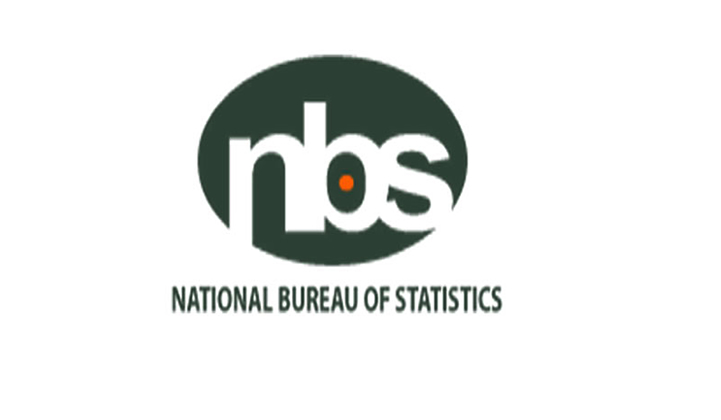Nigeria’s Inflation Eases for Third Consecutive Month, but Underlying Pressures Remain
Nigeria’s headline inflation rate continued its downward trend for the third consecutive month, reaching 22.22% in June 2025, according to the National Bureau of Statistics (NBS). This represents a 0.75 percentage point decrease from May’s 22.97% and a substantial 11.97 percentage point drop compared to June 2024’s 34.19%. While this deceleration offers a glimmer of hope, the underlying inflationary pressures persist, particularly in essential sectors like food, transport, and housing. The decline in the year-on-year inflation rate must be viewed in the context of a rebased index, with 2024 now serving as the new base year. This shift significantly impacts the comparison with previous years and contributes to the observed decrease.
Despite the positive annual trend, the month-on-month inflation rate edged upwards to 1.68% in June from 1.53% in May. This indicates that while the overall pace of price increases is moderating, prices continue to rise on a monthly basis, impacting the affordability of goods and services for Nigerian consumers. The Consumer Price Index (CPI) rose from 121.4 in May to 123.4 in June, further underscoring the persistent price pressures. This upward tick in monthly inflation highlights the ongoing challenges faced by households grappling with the rising cost of living.
Food inflation, a critical component of the overall index, experienced a similar dynamic. The yearly food inflation rate fell sharply to 21.97% in June 2025 from 40.87% in June 2024, largely due to the base year effect. However, the month-on-month food inflation rate increased to 3.25% in June from 2.19% in May. This surge was driven by price hikes in essential food items, such as tomatoes, pepper, dried green peas, crayfish, shrimps, meat, plantain flour, and ground pepper, impacting household budgets and food security.
Core inflation, which excludes volatile food and energy prices, also exhibited a mixed picture. While the year-on-year core inflation rate declined to 22.76% in June 2025 from 27.4% in June 2024, the month-on-month rate increased to 2.46% from 1.10% in May. This suggests renewed inflationary pressures in non-food sectors, adding to the complexity of the overall inflation picture.
The geographical breakdown of inflation revealed further nuances. Both urban and rural inflation rates eased on a year-on-year basis, but both saw increases month-on-month. Urban inflation fell to 22.72% year-on-year but rose to 2.11% month-on-month, while rural inflation dropped to 20.85% year-on-year but increased to 0.63% month-on-month. This divergence highlights the varying inflationary pressures across different regions and underscores the need for targeted interventions.
State-level data further illustrated the wide range of inflationary experiences across Nigeria. Borno recorded the highest year-on-year inflation rate at 31.63%, followed by Abuja at 26.79% and Benue at 25.91%. Conversely, Zamfara, Yobe, and Sokoto witnessed the slowest increases at 9.90%, 13.51%, and 15.78%, respectively. The month-on-month data showed similar variations, with Ekiti, Delta, and Lagos experiencing the sharpest increases, while Zamfara, Niger, and Plateau registered declines. This variability underscores the regional disparities in inflation and necessitates tailored policy responses.
The key drivers of the headline inflation index were identified as food and non-alcoholic beverages, restaurants and accommodation services, transport, housing, electricity, gas and other fuels, education, health, and clothing and footwear. The continued pressure on these sectors contributed significantly to the overall inflation rate and directly impacts the cost of essential goods and services for consumers. Addressing these sectoral pressures is crucial for mitigating the overall inflationary burden.
While the easing of annual inflation offers a positive signal, the rising monthly rates serve as a stark reminder of the persistent cost-of-living challenges faced by Nigerian households. The confluence of factors, including base year effects, sectoral price pressures, and regional variations, paints a complex picture of the inflationary dynamics in the country. Maintaining a nuanced approach to policy formulation and implementation is essential for navigating these complexities and mitigating their impact on the Nigerian populace.


